Offbeat Outings is a bi-monthly series that highlights the travels of BHP staff as they experience history first-hand throughout Pennsylvania.
My name is Dave, and I’m an addicted heritage tourist. However, as I’m sure most readers of this blog can confess, I am not alone. In fact, Heritage Tourism brings billions of dollars to Pennsylvania each year, with historic communities and districts creating the largest draw. As a non-native Pennsylvanian, I take great pleasure in venturing off the beaten path to explore previously unknown (to me) corners of my new state. Every weekend trip, or weekday field view, usually causes my history geek sensors to fire on all cylinders with an excited curiosity that I’m sure quickly grows old with my friends and colleagues. In my position as the National Register reviewer for the Central Region, I’m given unique opportunities to travel the state. Most often this takes place through my own imagination while reading National Register nominations or Pennsylvania Historic Resource Survey Forms, but every so often I do get out of the office while on field views and site visits. Sometimes though, five days a week is just not enough.
Several weeks ago, I found myself doing what all sane people do at dawn on a Saturday morning; drive three hours (one way) just to see some historic architecture, and beautiful landscapes. I was journeying to northern Bradford County to visit the National Register listed Athens Historic District. Along the many rivers and creeks, and in the numerous hills and valleys, visitors to the northern tier of Pennsylvania will find truly unique communities and landscapes. This region is home to some of the most beautiful and interesting collections of Early Republic and Greek Revival architecture found in Pennsylvania, not to mention the scenic vistas that are seemingly around every bend.
The route planned out took me through the town of Troy, located along the US Route 6 Heritage Corridor. As I entered the town, my “old house rubbernecking” made it clear that I needed to investigate deeper. I parked my car in front of a charming hardware store, grabbed my camera, and began a walking odyssey of Troy. I ventured over to the old Troy Engine & Machine Co. factory buildings where a single smoke stack stands guard over the town. Preserving a sense of place, these structures, along with the old Troy railroad station, gave me a feel for Troy’s heydays when locomotive and factory whistles were commonly heard. On the western side of town, I was amazed to find a collection of mansions lining the road into town. After seeing that one was for sale, I had to remind myself that a three hour commute to Harrisburg each morning probably wasn’t a good idea. Walking across town, I passed an attractive borough hall, and the busiest town bank that I had seen in quite a while. No Trojan Horse here, Troy, PA appeared to be alive and well. However, it was time for me to move on.
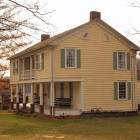 Traveling north, I spotted the unique Gregory-Parson House, an excellent example of an early 19th Century Greek Revival tavern/inn. I could just imagine myself there after a long journey, in front of the fireplace, with a pewter stein of ale, reading the latest news about President John Quincy Adams.
Traveling north, I spotted the unique Gregory-Parson House, an excellent example of an early 19th Century Greek Revival tavern/inn. I could just imagine myself there after a long journey, in front of the fireplace, with a pewter stein of ale, reading the latest news about President John Quincy Adams.
Continuing on, I passed through the small crossroads village of East Smithfield. Complete with a village green, a Civil War monument, a stunning Italianate residence, and a gas station, East Smithfield was like a little oasis in this part of the county. The road leading me out of the village quickly turned to dirt.
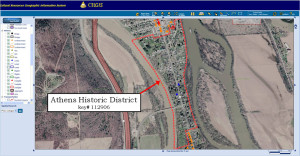 Finally, I had reached the PA-199 bridge over the Chemung River, and entered the Borough of Athens. Using the PHMC’s Cultural Resource GIS, I had familiarized myself with the boundary of the Athens Historic District prior to my trek. Athens is located on a peninsula between the Susquehanna and Chemung Rivers, while the Athens Historic District occupies the narrowest part of the peninsula. The District is primarily focused on South Main Street below the center of town. Since the bridge into town brought me to the center of the Historic District, I decided to first explore the southern end of the District. The tree lined streets in early November were popping with color on this sunny day, and beyond them sat a remarkable collection of eye catching homes, seemingly of every classic architectural styles. My rubber neck was working over time.
Finally, I had reached the PA-199 bridge over the Chemung River, and entered the Borough of Athens. Using the PHMC’s Cultural Resource GIS, I had familiarized myself with the boundary of the Athens Historic District prior to my trek. Athens is located on a peninsula between the Susquehanna and Chemung Rivers, while the Athens Historic District occupies the narrowest part of the peninsula. The District is primarily focused on South Main Street below the center of town. Since the bridge into town brought me to the center of the Historic District, I decided to first explore the southern end of the District. The tree lined streets in early November were popping with color on this sunny day, and beyond them sat a remarkable collection of eye catching homes, seemingly of every classic architectural styles. My rubber neck was working over time.
Listed in the National Register of Historic Places in 2004, the Athens Historic District is significant as a, “…well-preserved concentration of nineteenth and early twentieth century American residences, especially in the Greek Revival and Queen Anne styles. The district is one of the best preserved concentrations of dwellings in Bradford County, with very few intrusions or changes in land use.” Previously named Tioga Point, Athens was once the site of Native settlements, and the Revolutionary War era Fort Sullivan. By the 19th Century, Athens had become prominent in the lumber industry, carriage manufacturing, bridge building, and as a stop on the North Branch of the Pennsylvania Canal.
 I decided that I needed to get out and walk the district to have a better look. I parked my car in the center of the District, at the historic Tioga Point Museum. Individually listed in the National Register in 2000, the Tioga Point Museum is significant, “…as a strong local institutional example of eclectic Colonial Revival and Classical Revival style design by the noted regional architect Albert E. Kipp.” It is also significant for its connections to local 19th Century historian and collector Louise Welles Murray, and the preservation and promotion of local history and education. The collections on display inside the museum, in much the same manner of display as they would have been during the 19th Century, is a must see for anyone passing through the area.
I decided that I needed to get out and walk the district to have a better look. I parked my car in the center of the District, at the historic Tioga Point Museum. Individually listed in the National Register in 2000, the Tioga Point Museum is significant, “…as a strong local institutional example of eclectic Colonial Revival and Classical Revival style design by the noted regional architect Albert E. Kipp.” It is also significant for its connections to local 19th Century historian and collector Louise Welles Murray, and the preservation and promotion of local history and education. The collections on display inside the museum, in much the same manner of display as they would have been during the 19th Century, is a must see for anyone passing through the area.
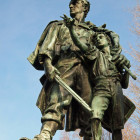
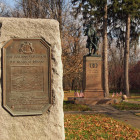 Across the street from the Tioga Point Museum is the former site of Athens Academy, a public school which stood there from 1814 to 1925, and included the famous early American songwriter Stephen Foster as one of its alumni. It is said that while a student in Athens, Foster paid homage to the town when he wrote the “Tioga Waltz”. Today the site is a park, and home to several historical markers and monuments. The most famous of these monuments is the “Protection of the Flag”. Constructed in 1902, and individually listed in the National Register in 2001, the monument was dedicated to veterans of the Civil War, but has come to honor all veterans. It is a significant local example of work by the nationally prominent design firm of McKim, Mead, & White, and sculptor George Thomas Brewster.
Across the street from the Tioga Point Museum is the former site of Athens Academy, a public school which stood there from 1814 to 1925, and included the famous early American songwriter Stephen Foster as one of its alumni. It is said that while a student in Athens, Foster paid homage to the town when he wrote the “Tioga Waltz”. Today the site is a park, and home to several historical markers and monuments. The most famous of these monuments is the “Protection of the Flag”. Constructed in 1902, and individually listed in the National Register in 2001, the monument was dedicated to veterans of the Civil War, but has come to honor all veterans. It is a significant local example of work by the nationally prominent design firm of McKim, Mead, & White, and sculptor George Thomas Brewster.
Walking the streets with my camera, I was in awe with every block I passed. The architecture and scenery that drew me hundreds of miles was well worth the trip. Several times I found myself ogling the beautiful homes from the sidewalk for what probably seemed like an inappropriate amount of time. I made sure that I at least waved and smiled at the local policeman who was out on patrol. Although, in a town like Athens, I’m sure I can’t be the only ‘house gawker’ they’ve ever seen.
After my camera and I had our fill, it was time to hit the road. It was a long day, and I was still hours from home. My excursion had been a success. I experienced and learned a great deal about the area, which had been largely unfamiliar to me prior. I visited a few unique local businesses and a museum, and chatted up a couple of the locals to really get a feel for the communities. Along the way, road signs sparked my interest further, and pointed me toward new towns to explore next time. Meanwhile, pick a spot on the map that you’ve always been curious about visiting, and plan your own trip. Pennsylvania’s rich cultural landscape is waiting for you!
Comment Policy
PHMC welcomes and encourages topic-related comments on this blog. PHMC reserves the right to remove comments that in PHMC’s discretion do not follow participation guidelines.
Commenters and Comments shall be related to the blog post topic and respectful of others who use this site.
Commenters and Comments shall not: use language that is offensive, inflammatory or provocative (this includes, but is not limited to, using profanity, obscene, or vulgar comments); disparage other commenters or people; condone illegal activity; identify the location of known or suspected archeological sites; post personal information in comments such as addresses, phone numbers, e-mail addresses or other contact details, which may relate to you or other individuals; impersonate or falsely claim to represent a person or an organization; make any commercial endorsement or promotion of any product, service or publication.
If you would like to comment on other topics not related to this blog post but related to PHMC, please fill out the PHMC Contact Us Form.

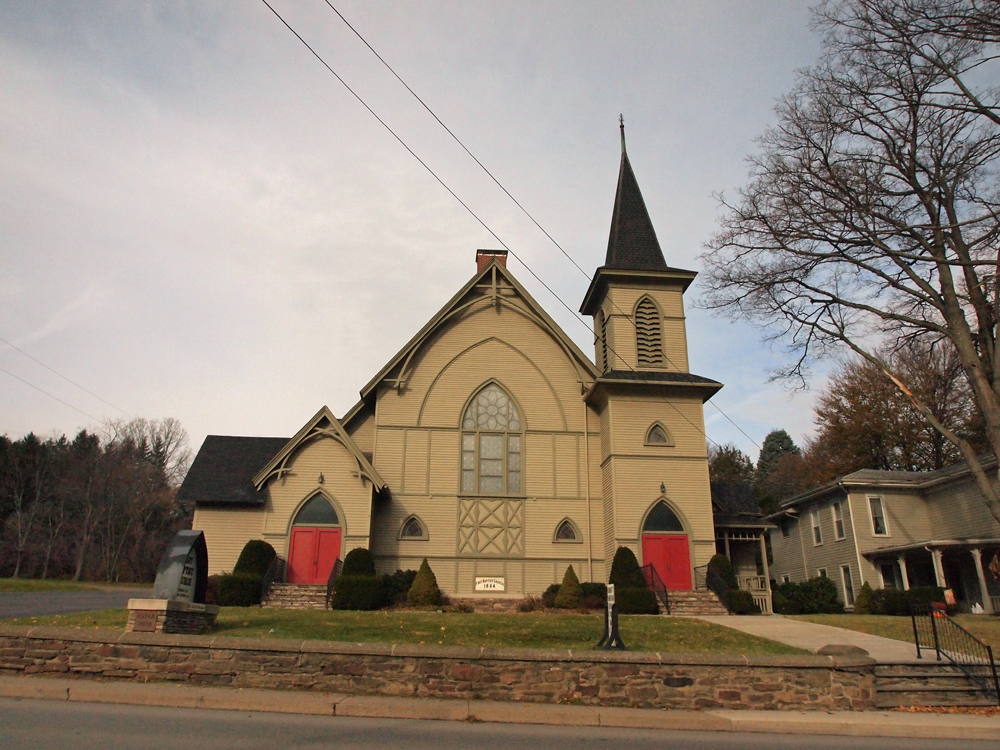
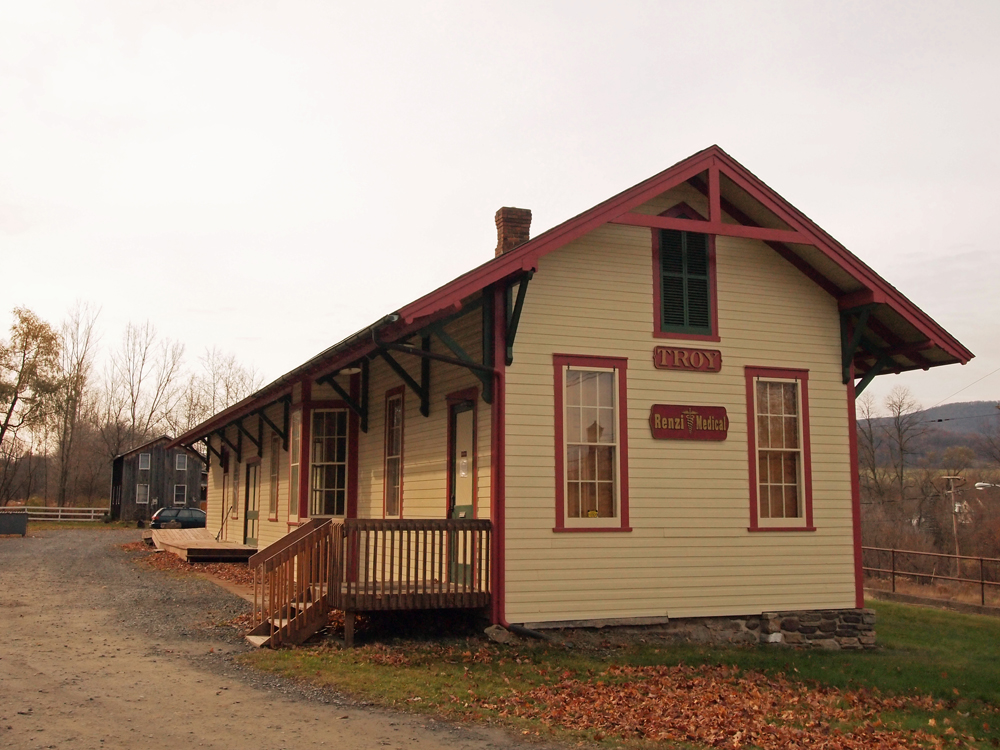
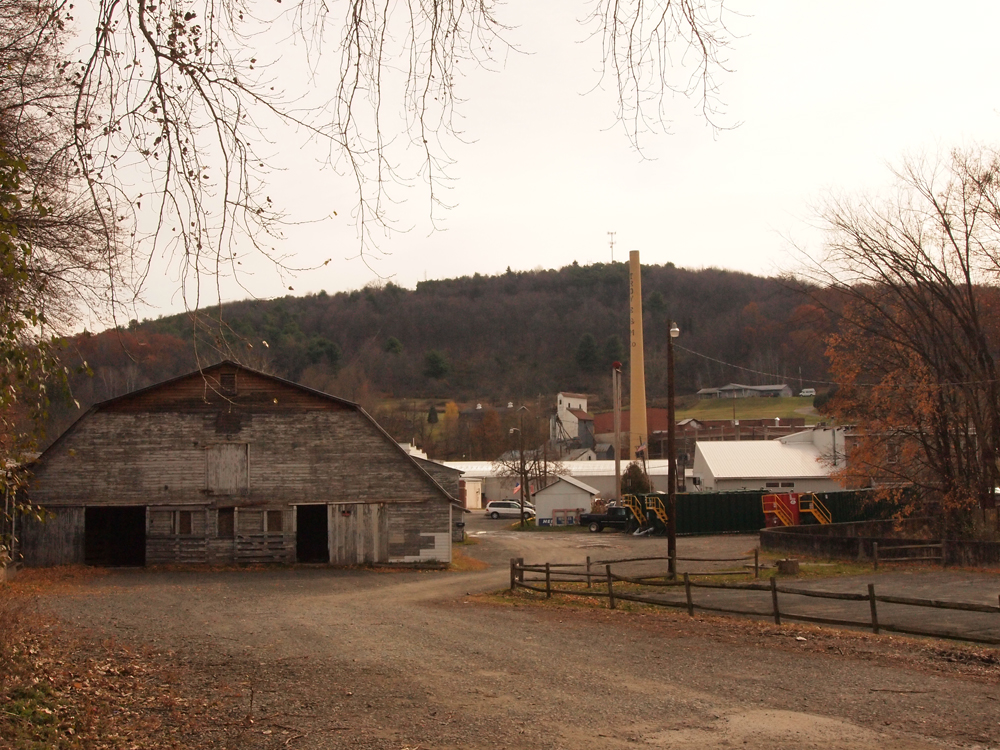
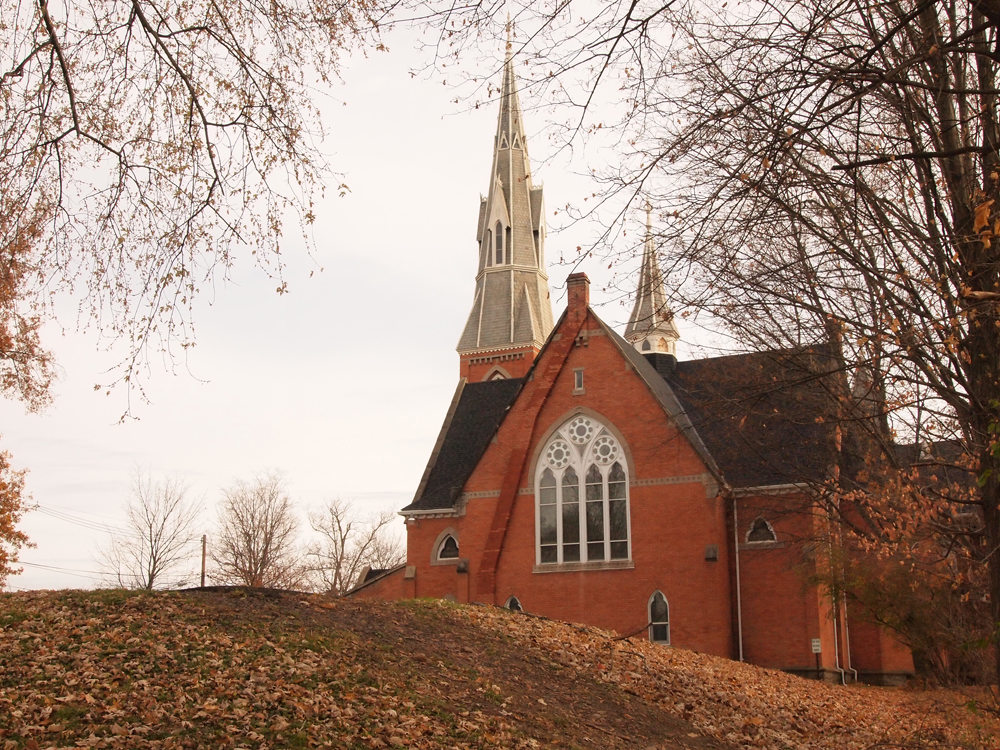
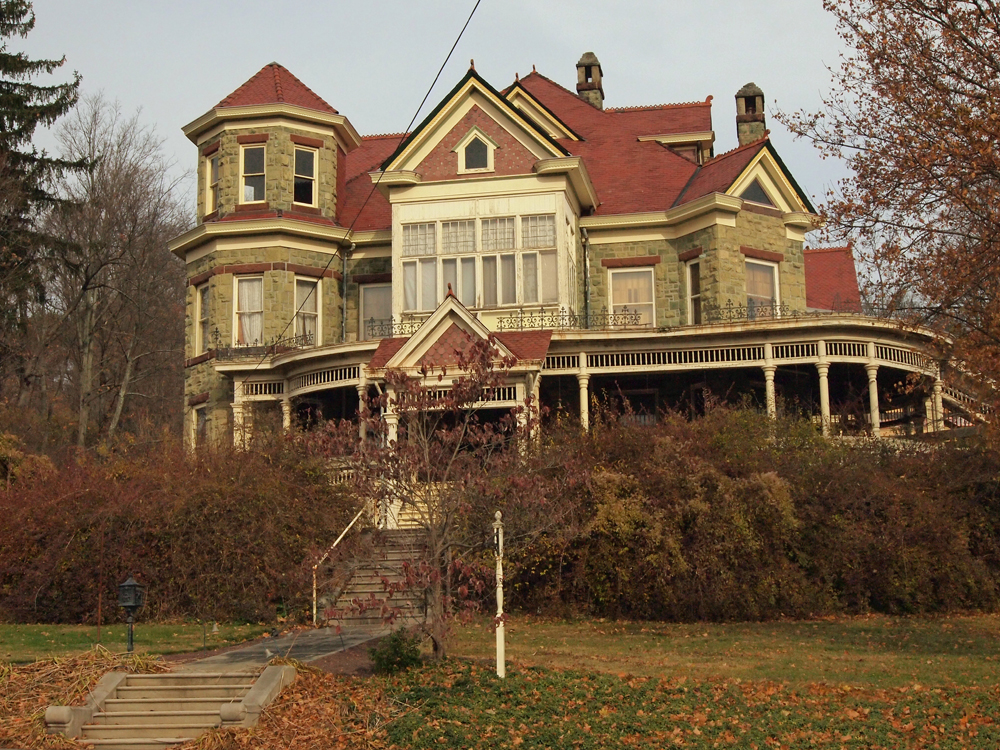
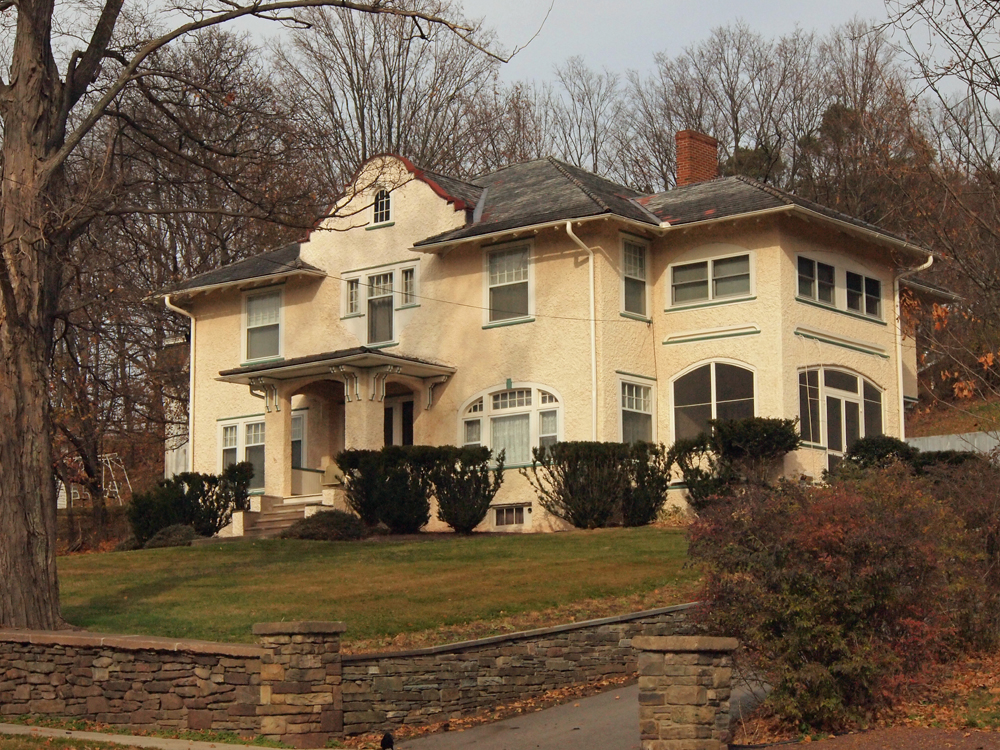
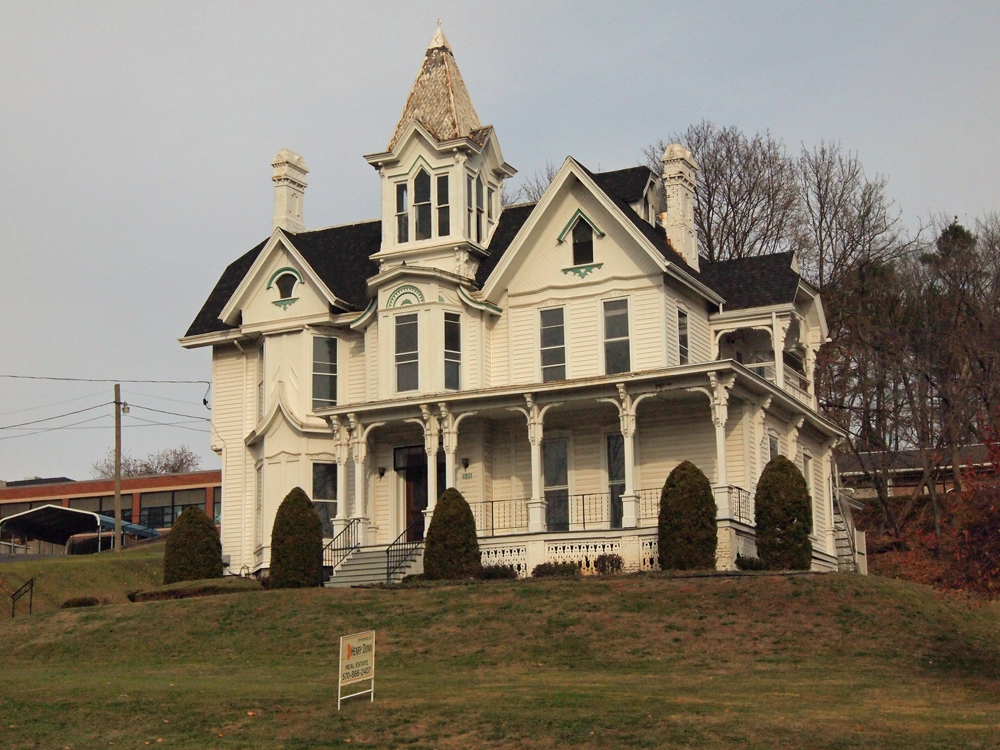
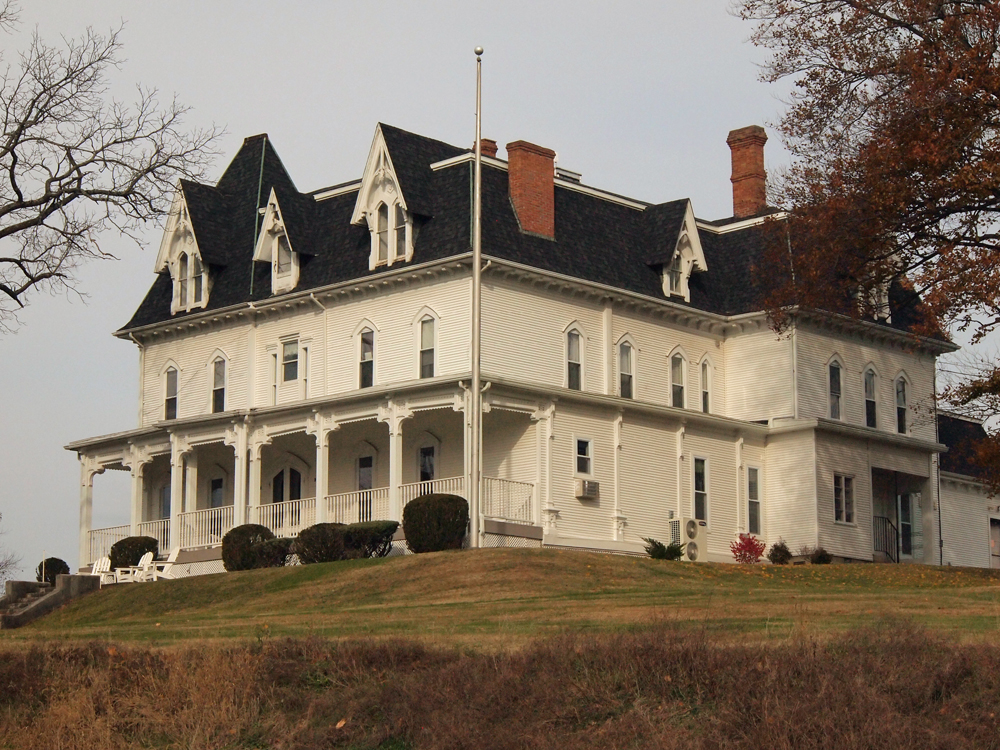
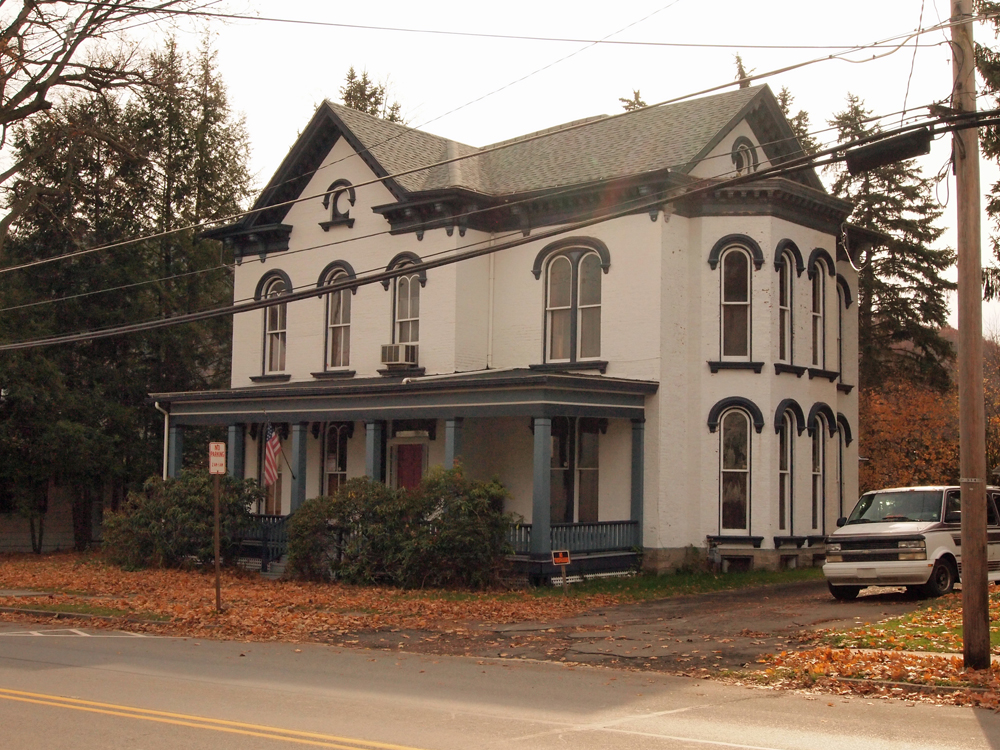
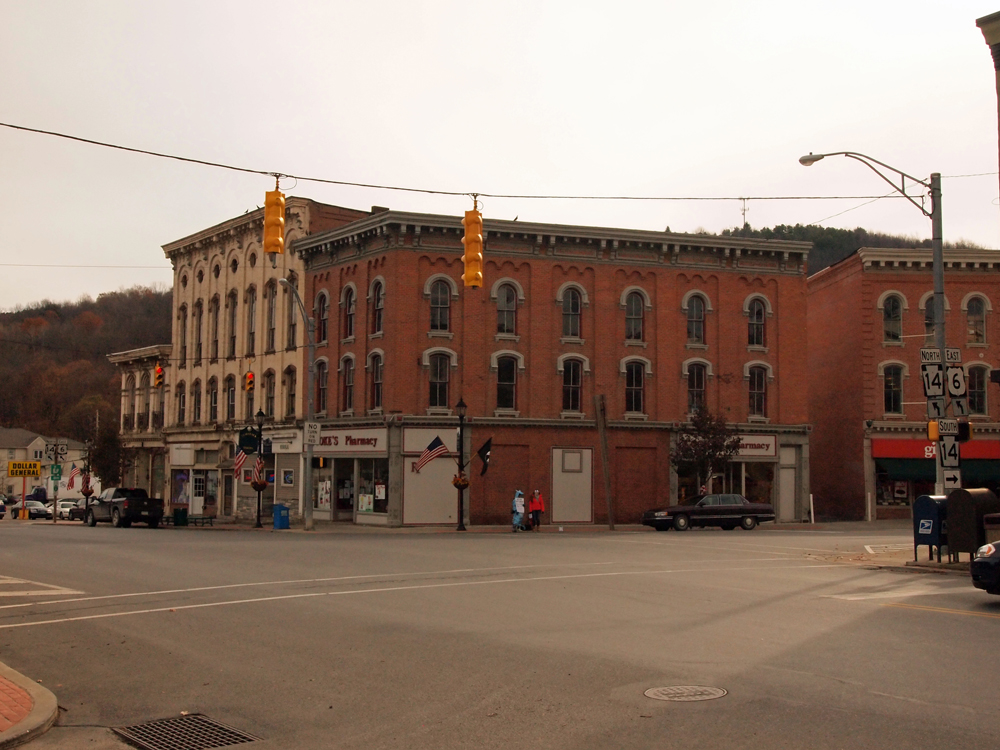
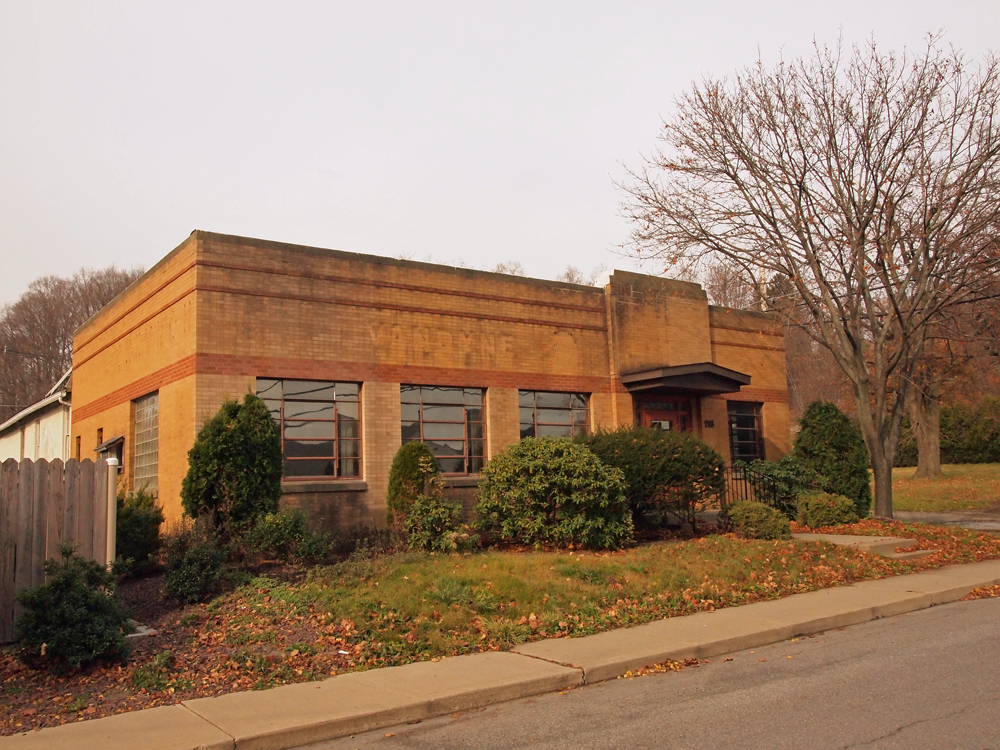
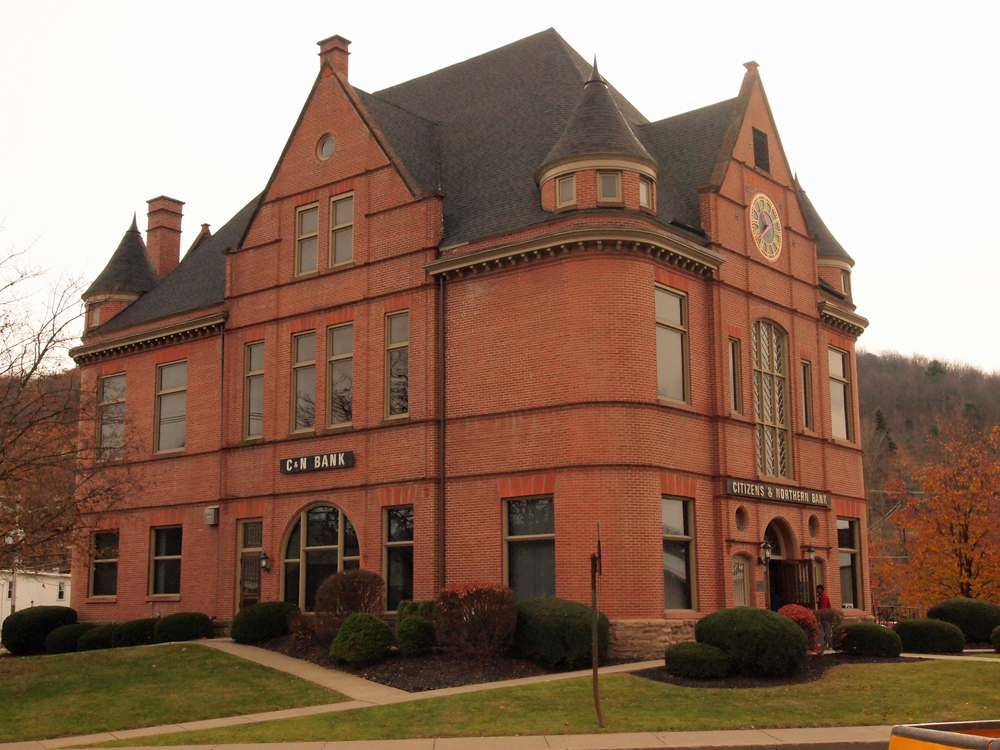
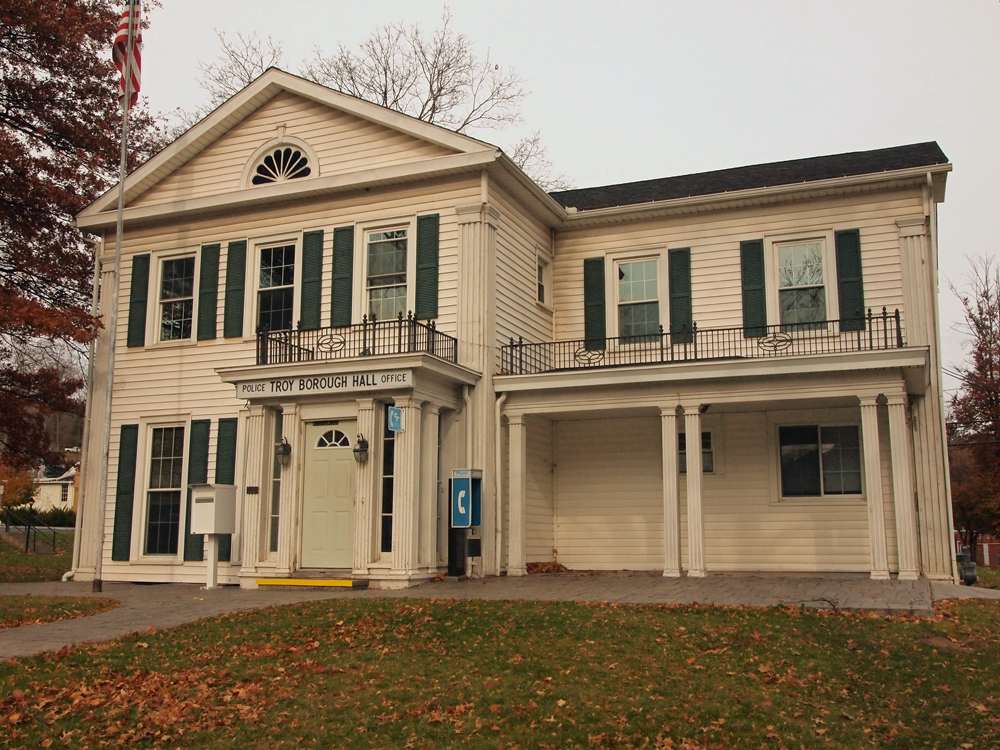

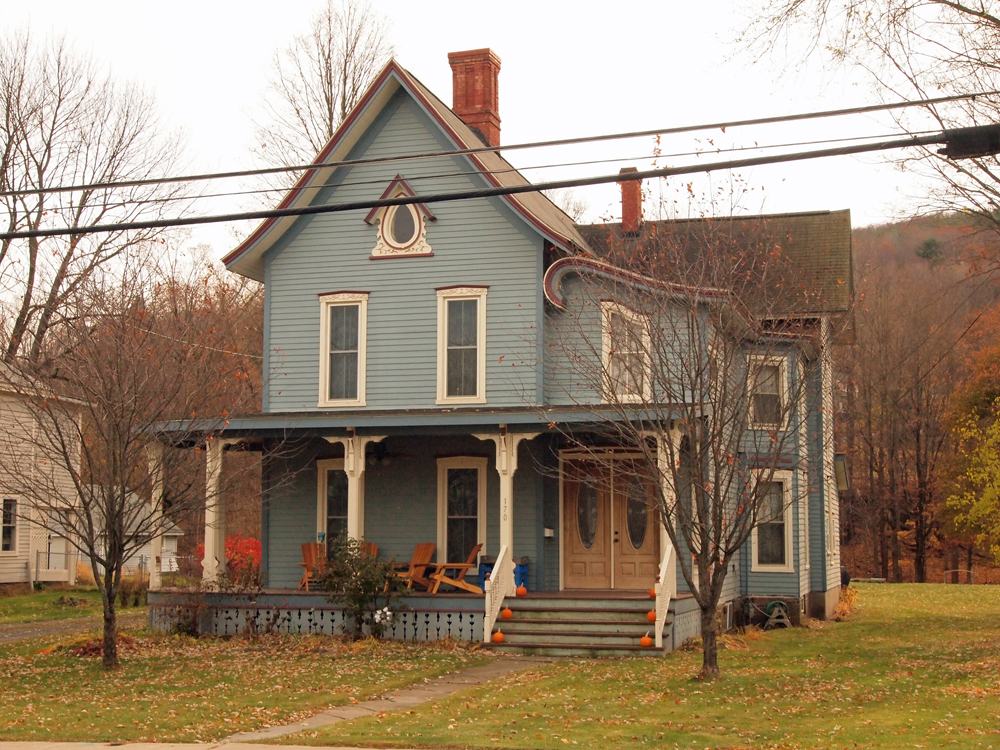
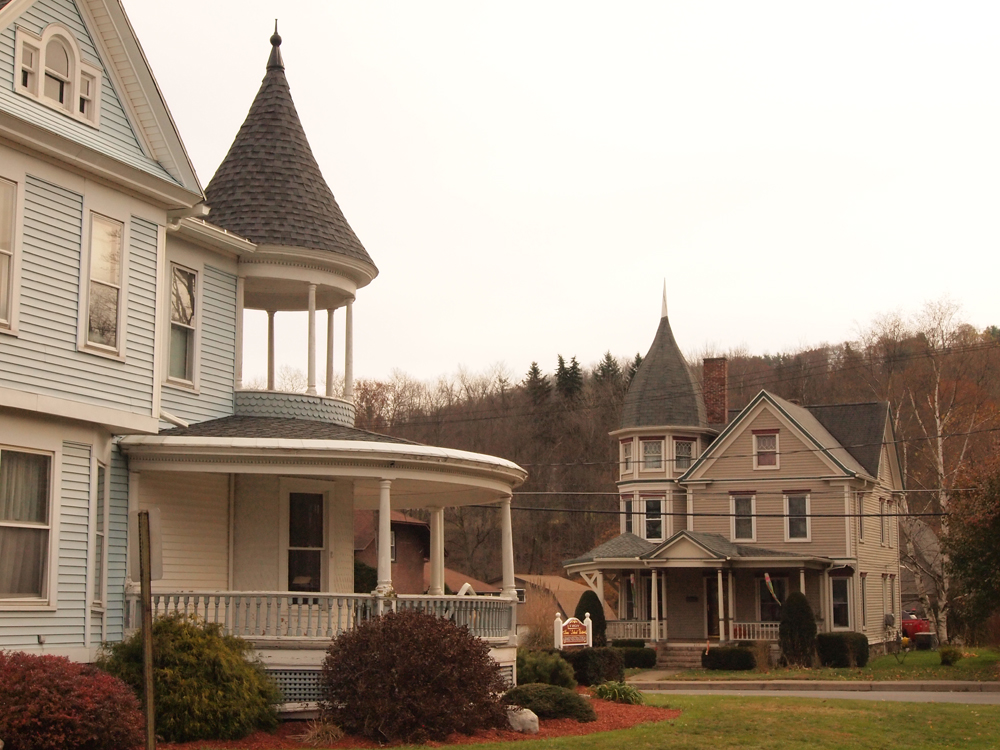
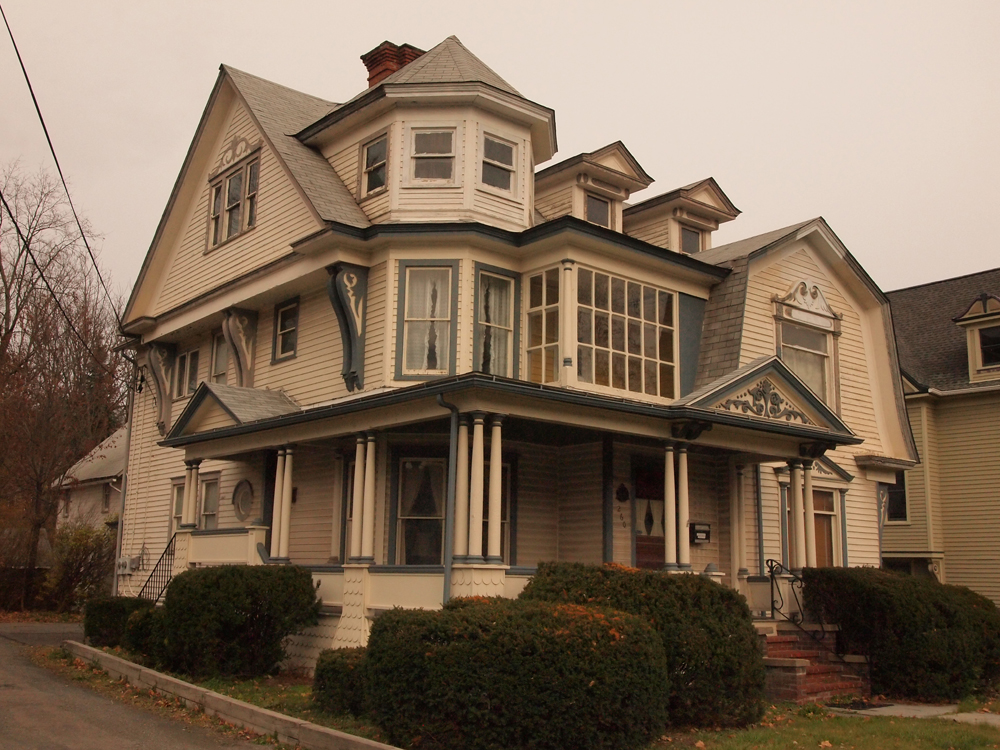
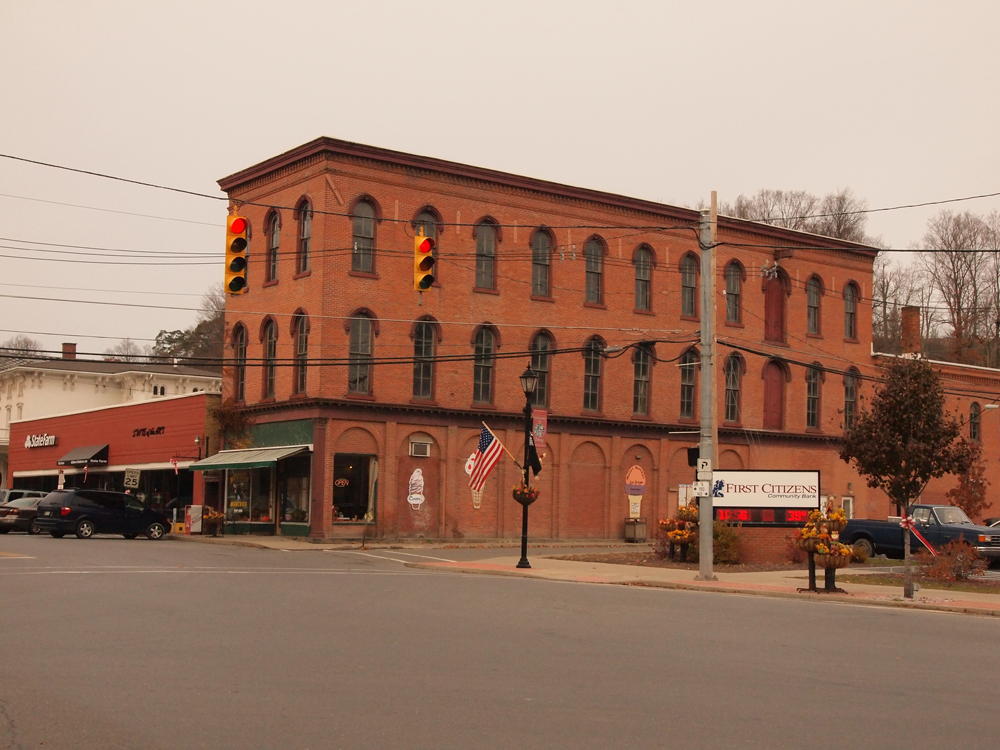
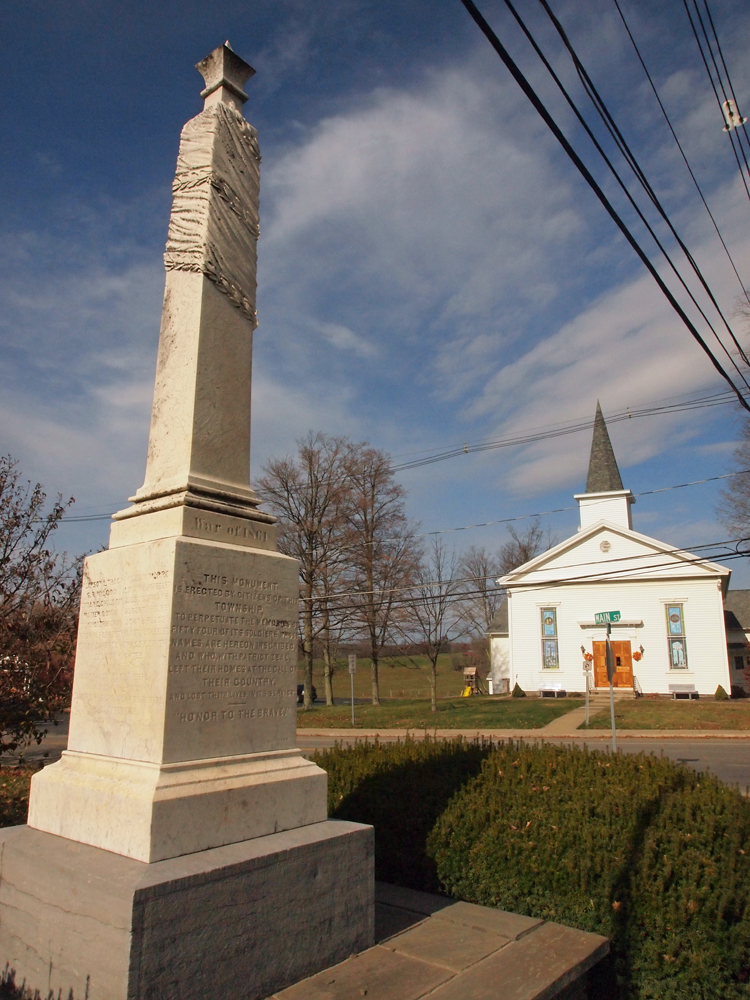
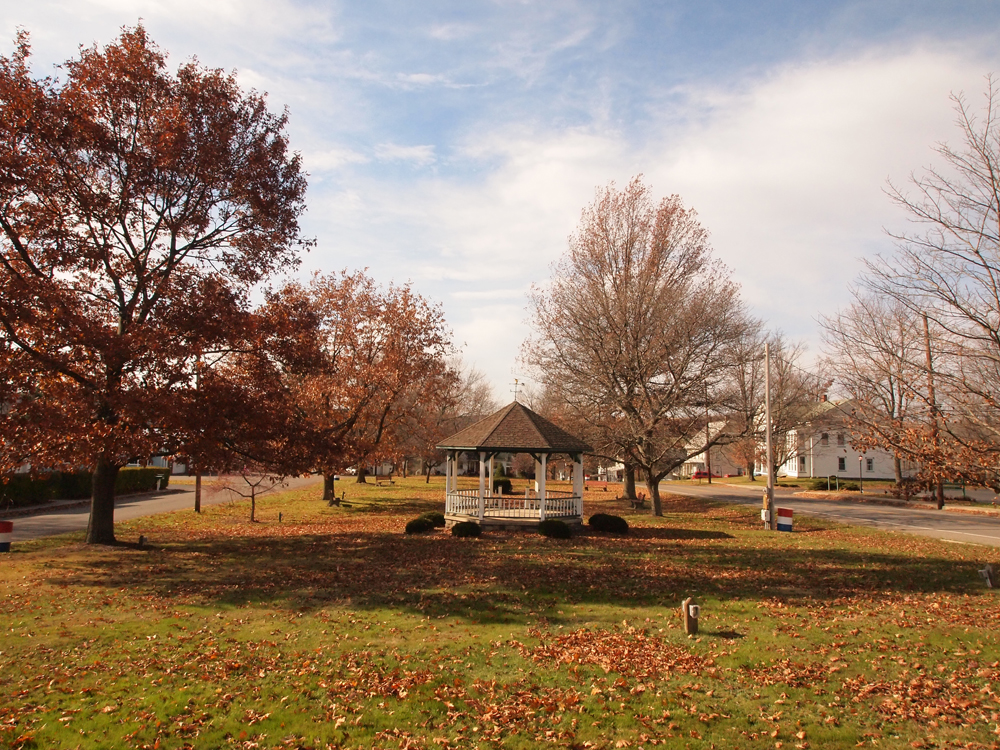
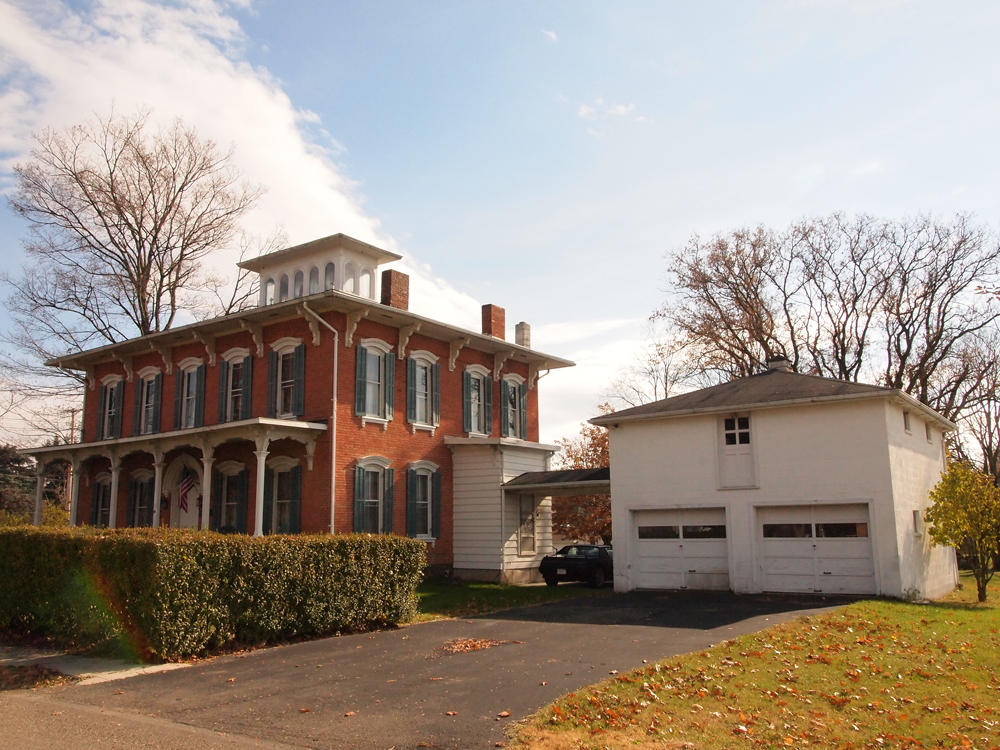
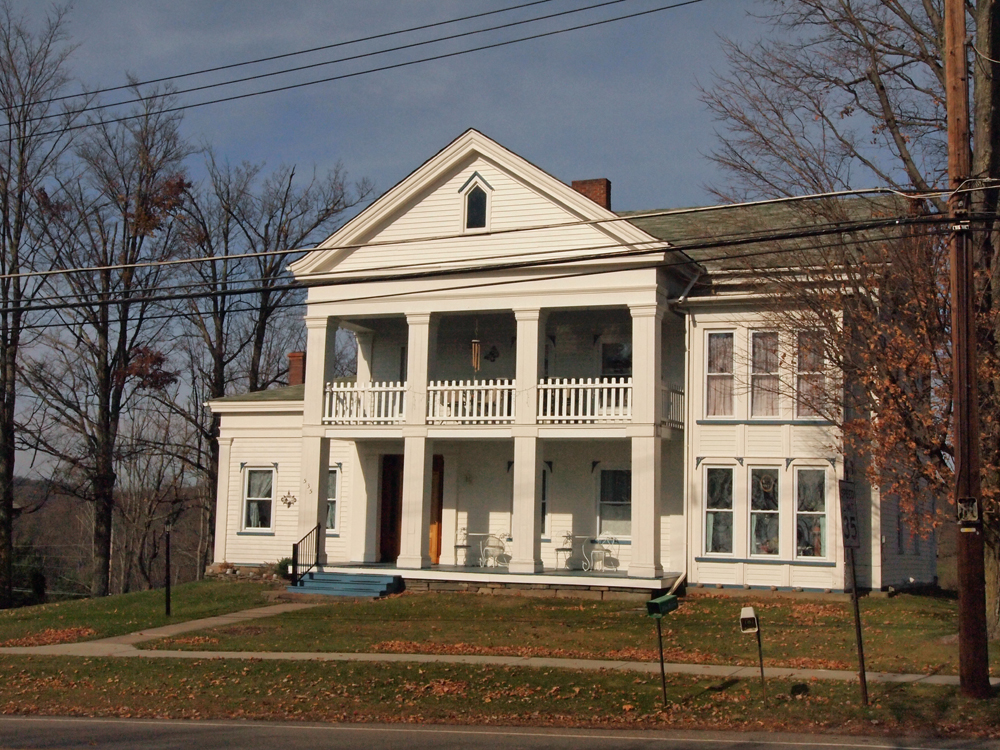
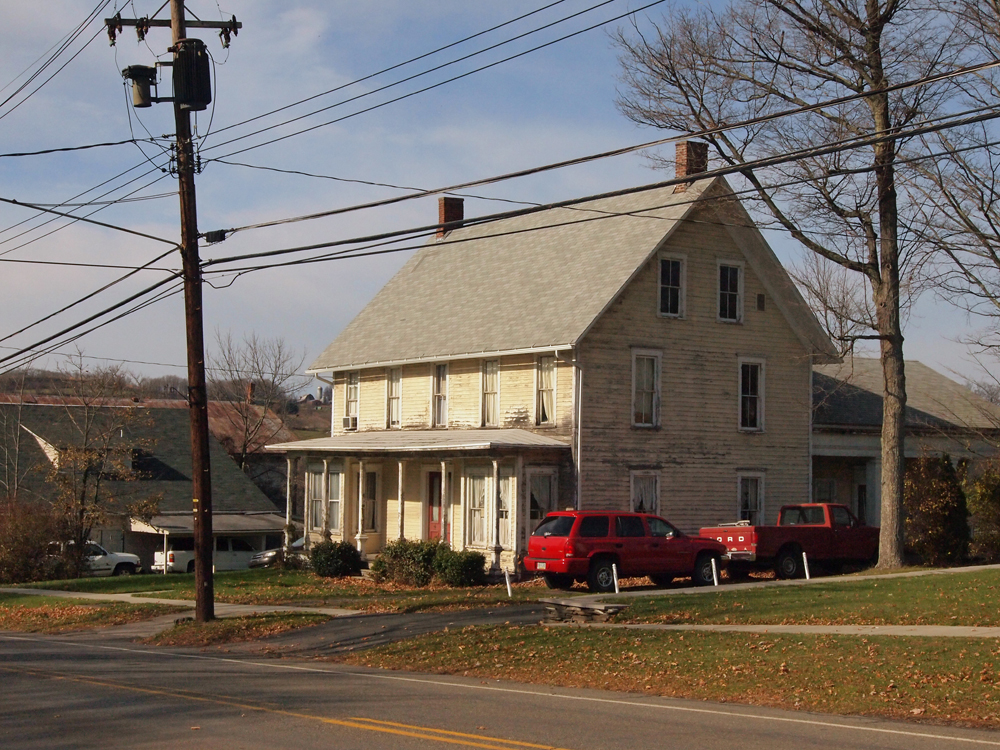
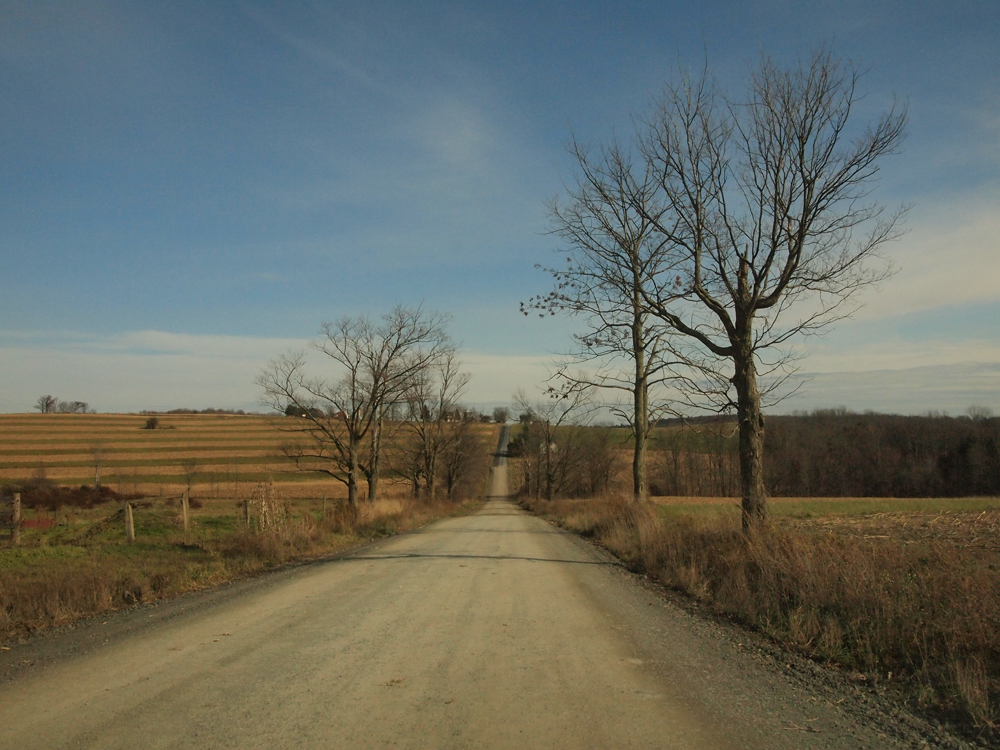
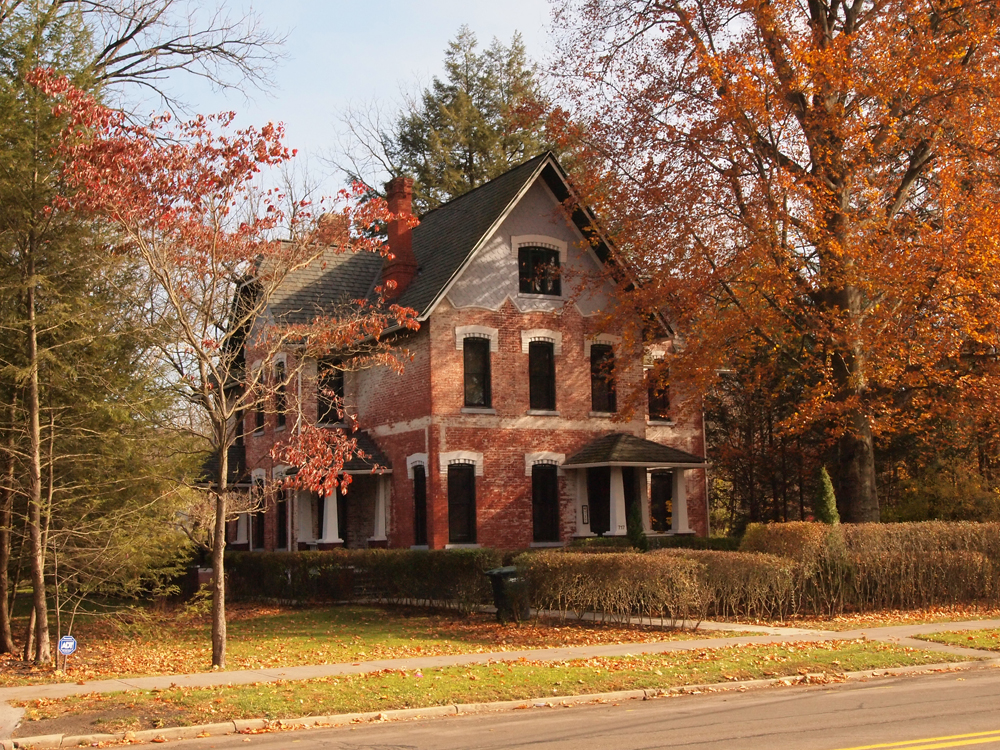
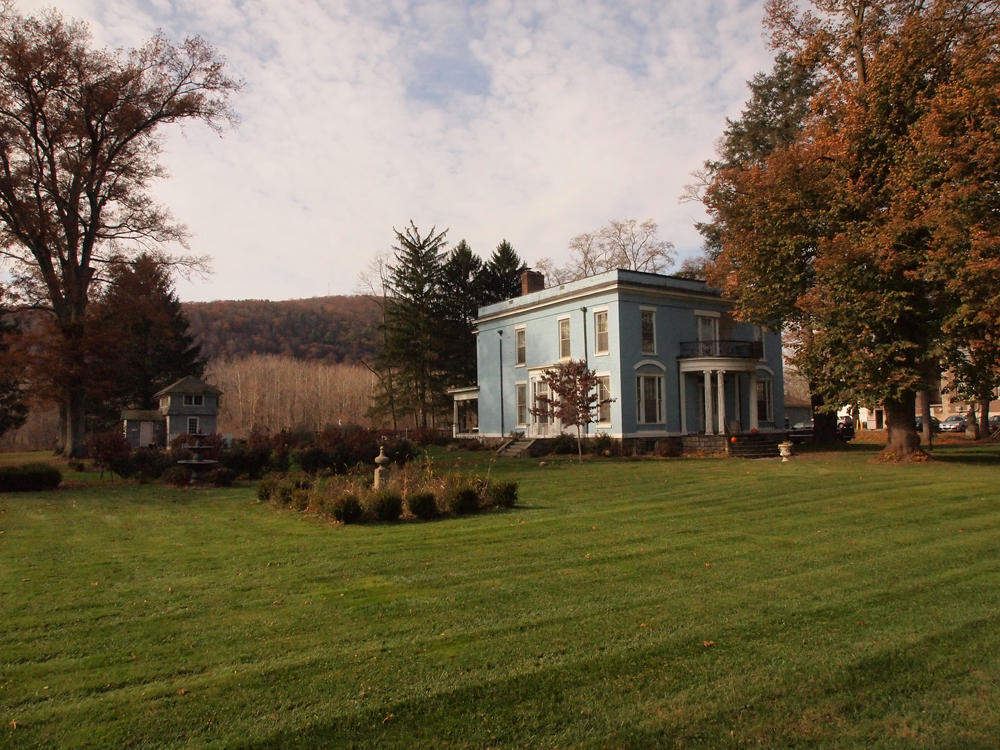
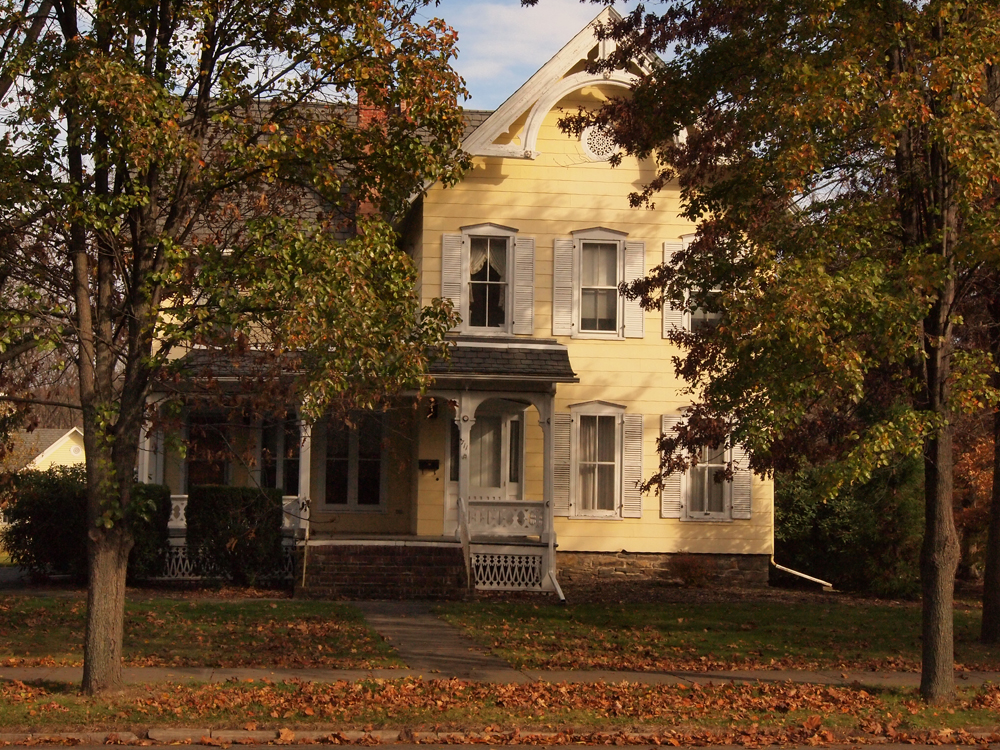
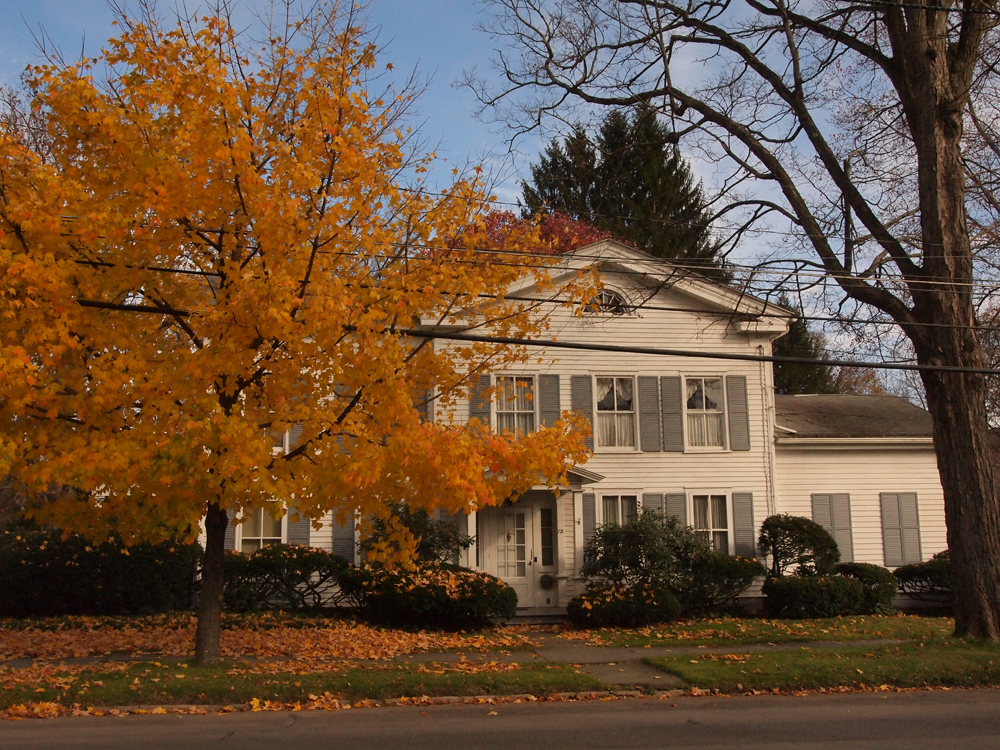
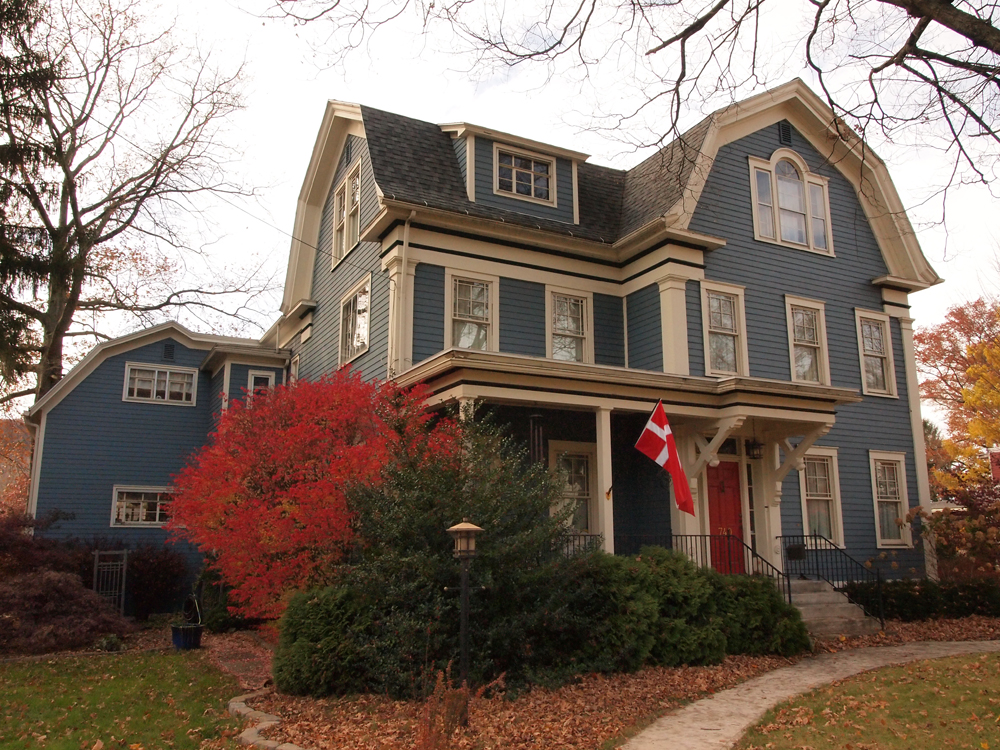
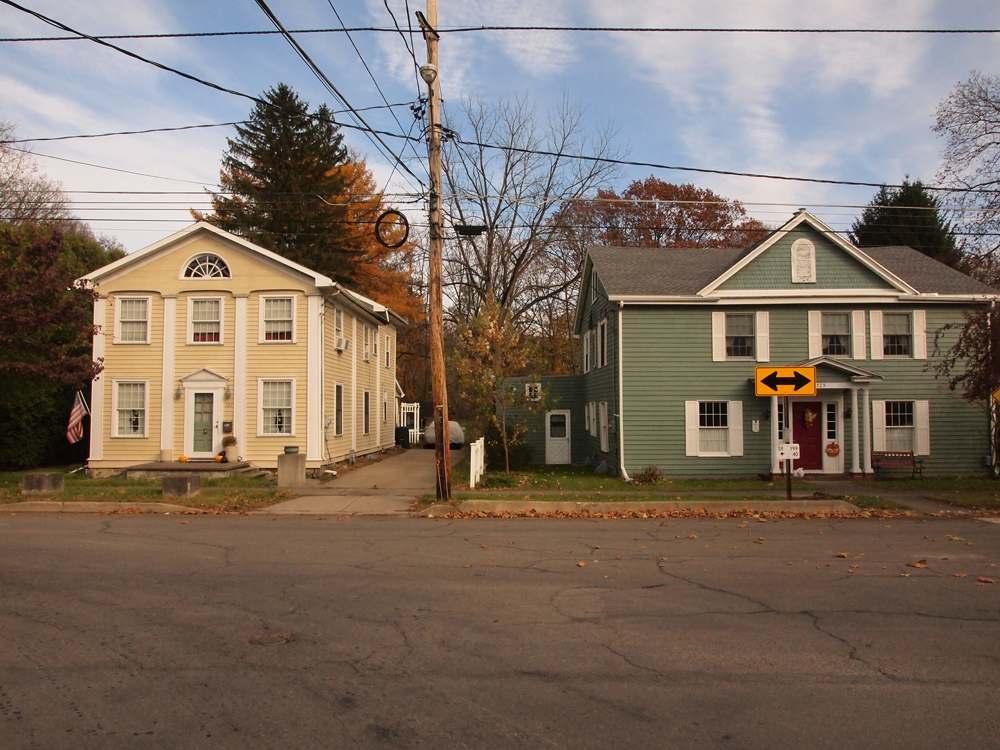
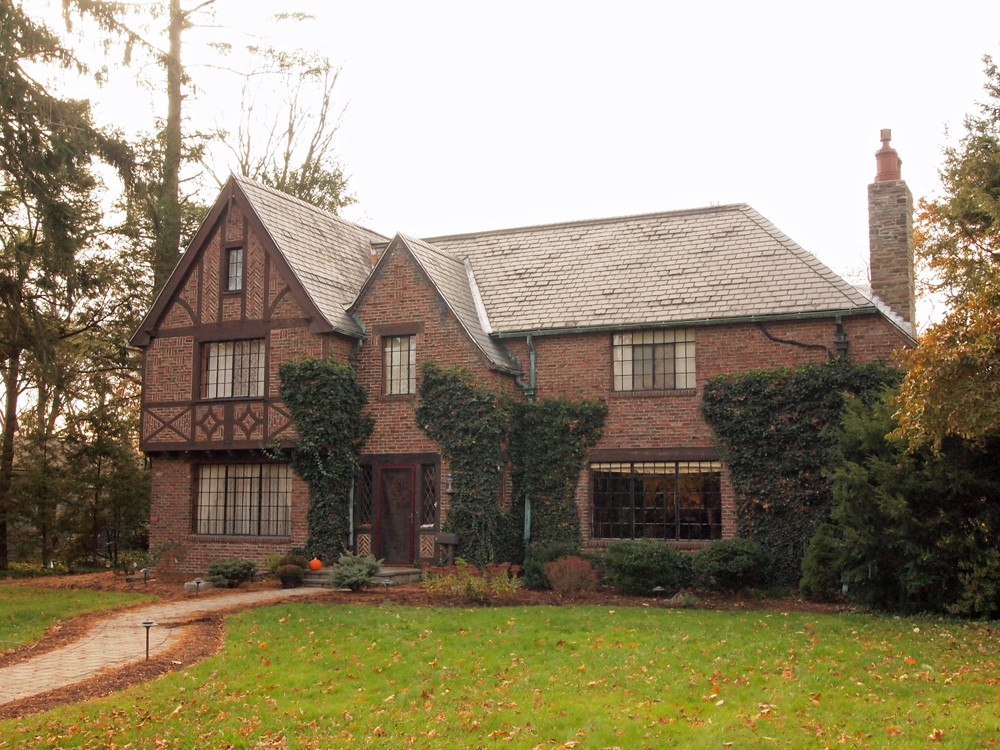
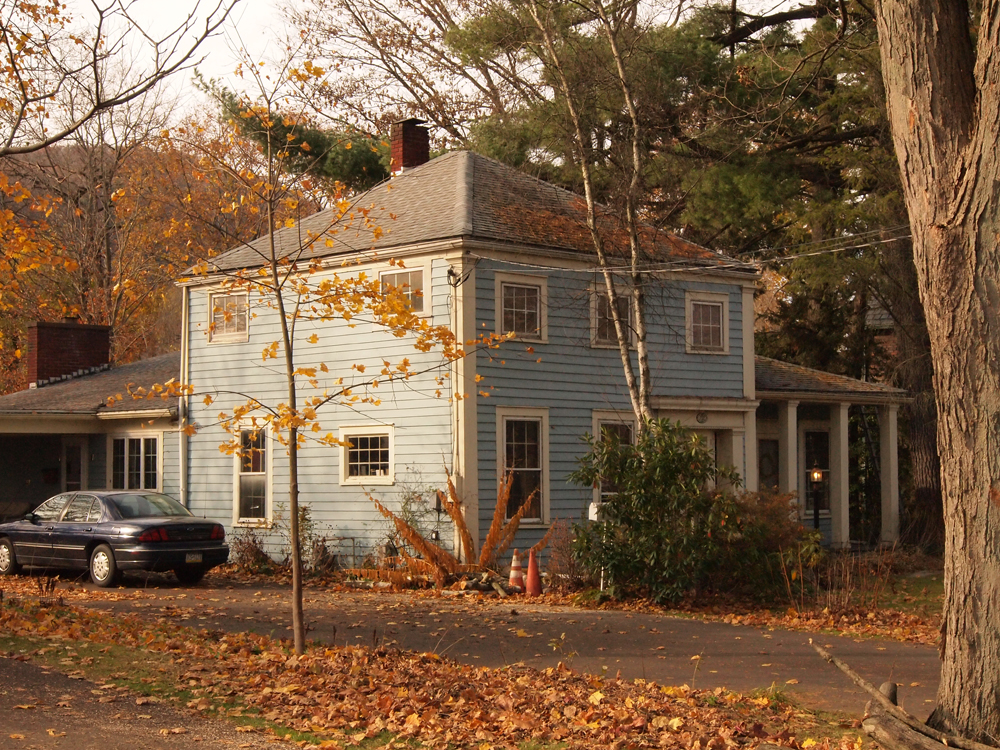


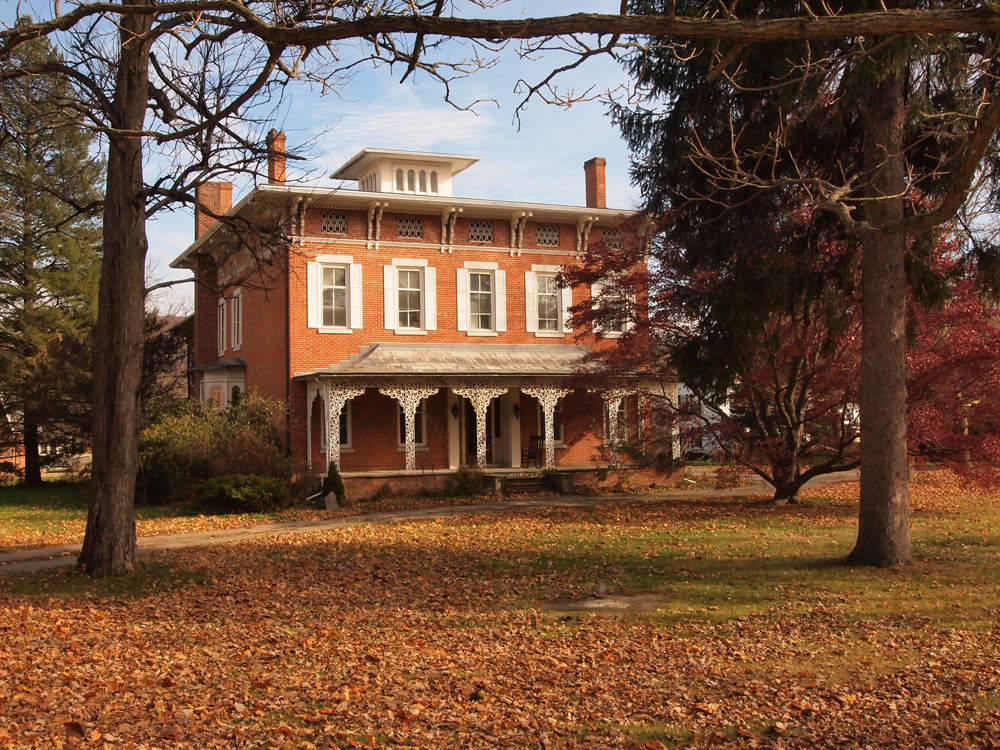
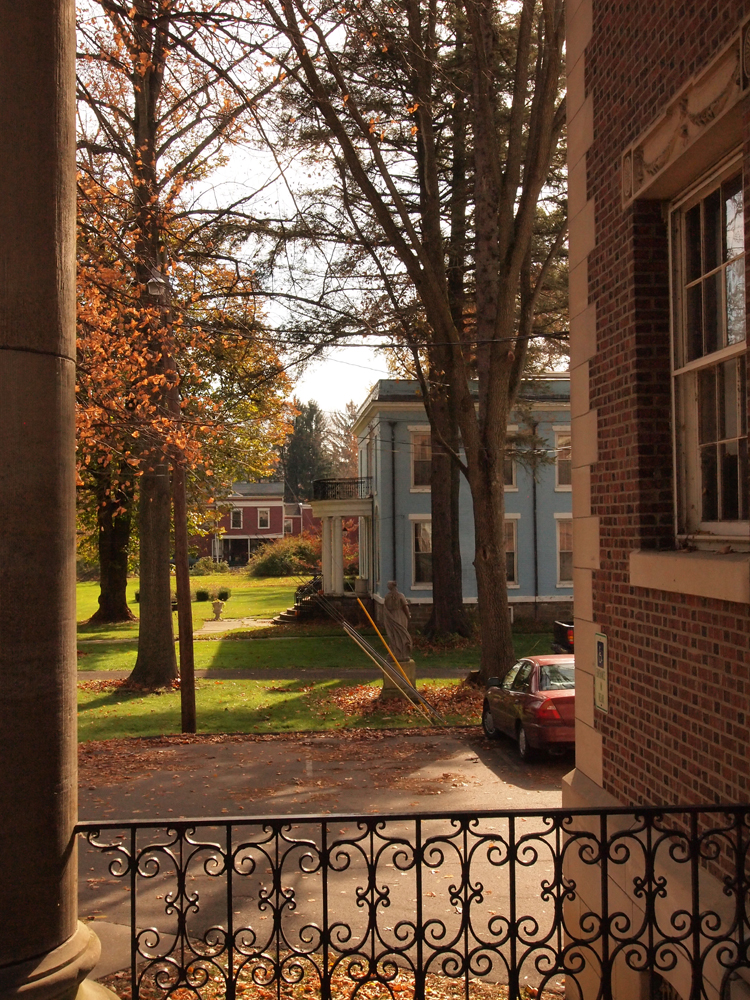
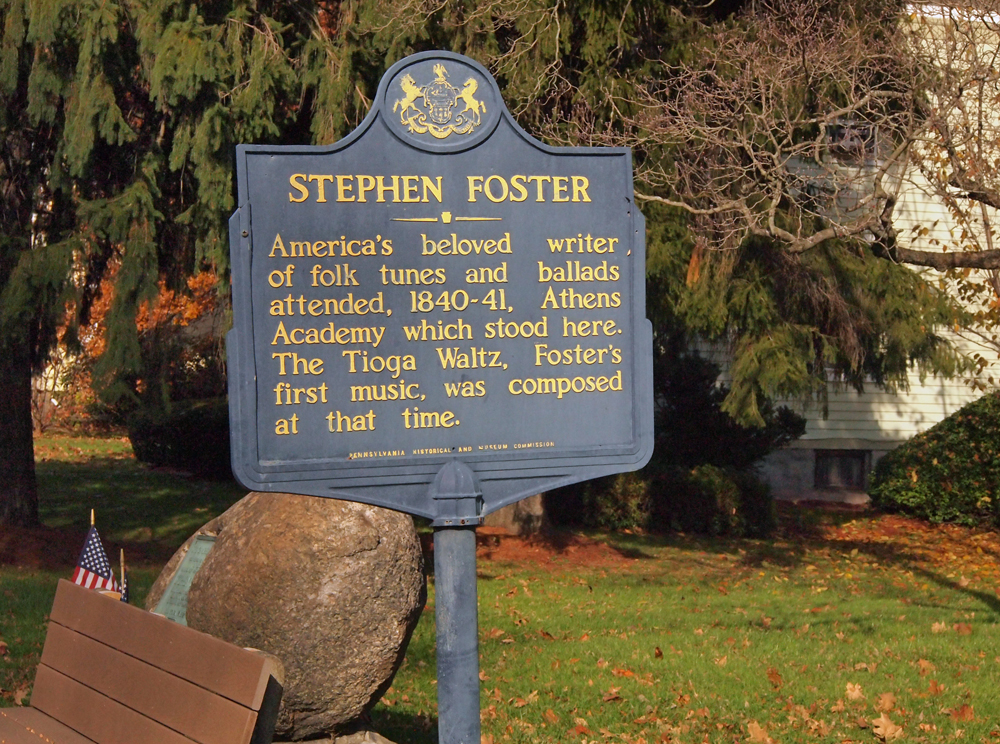
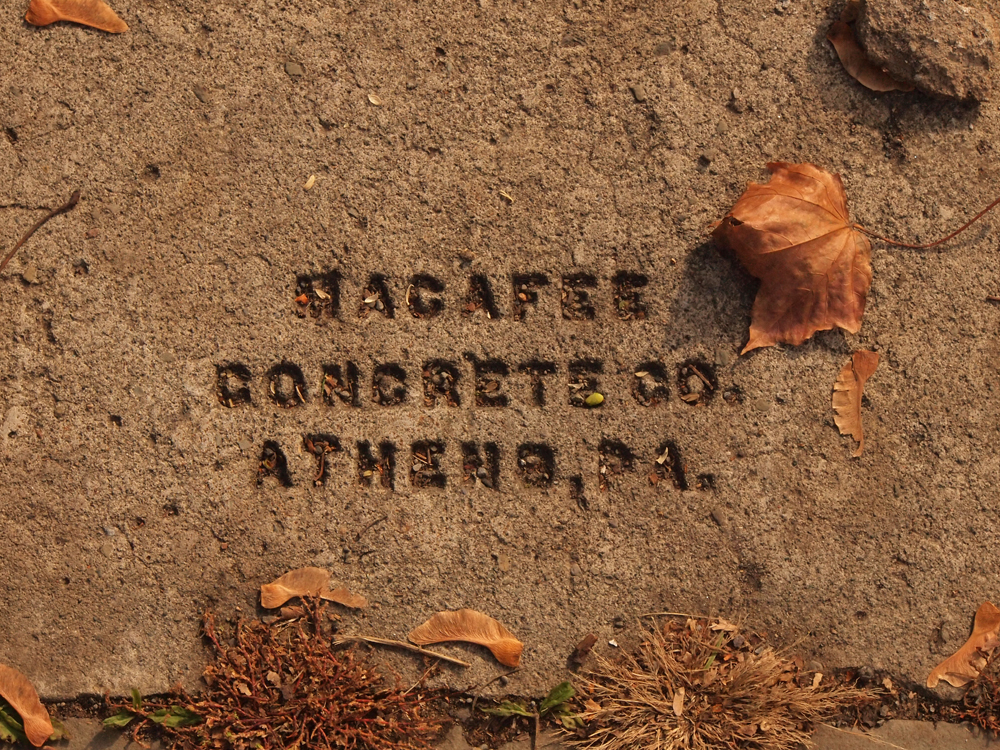
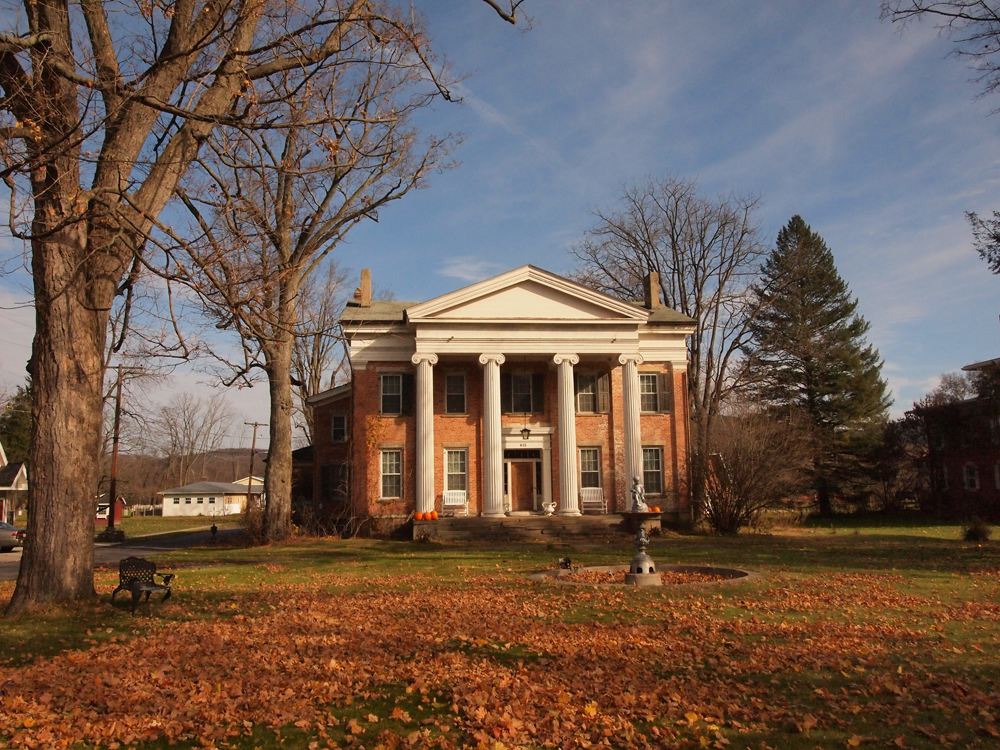
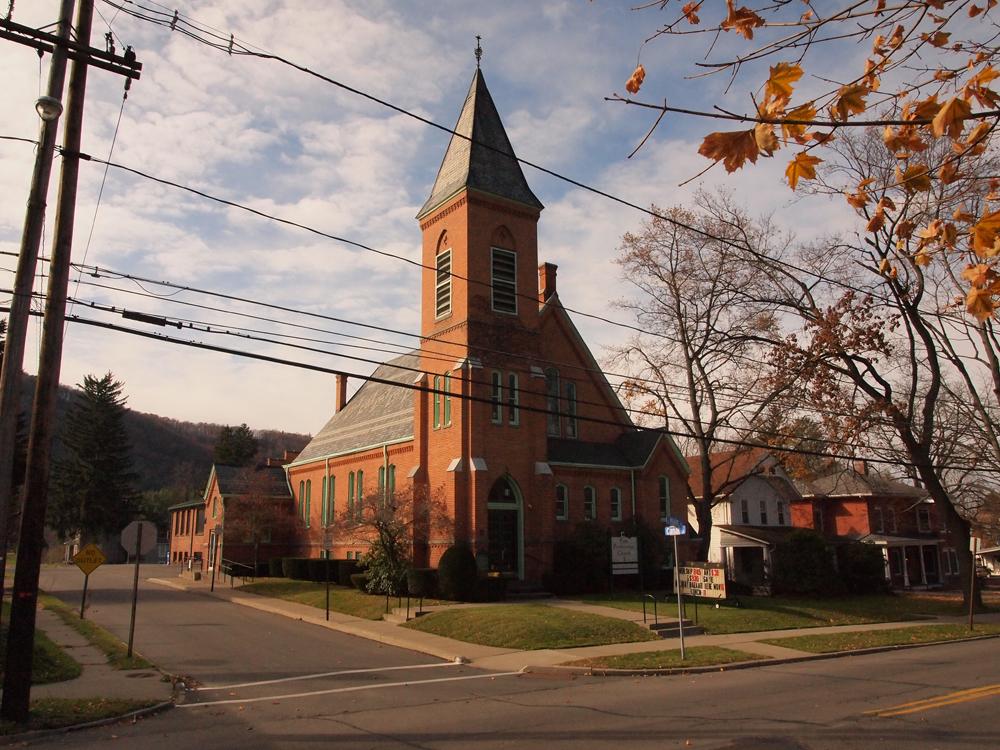
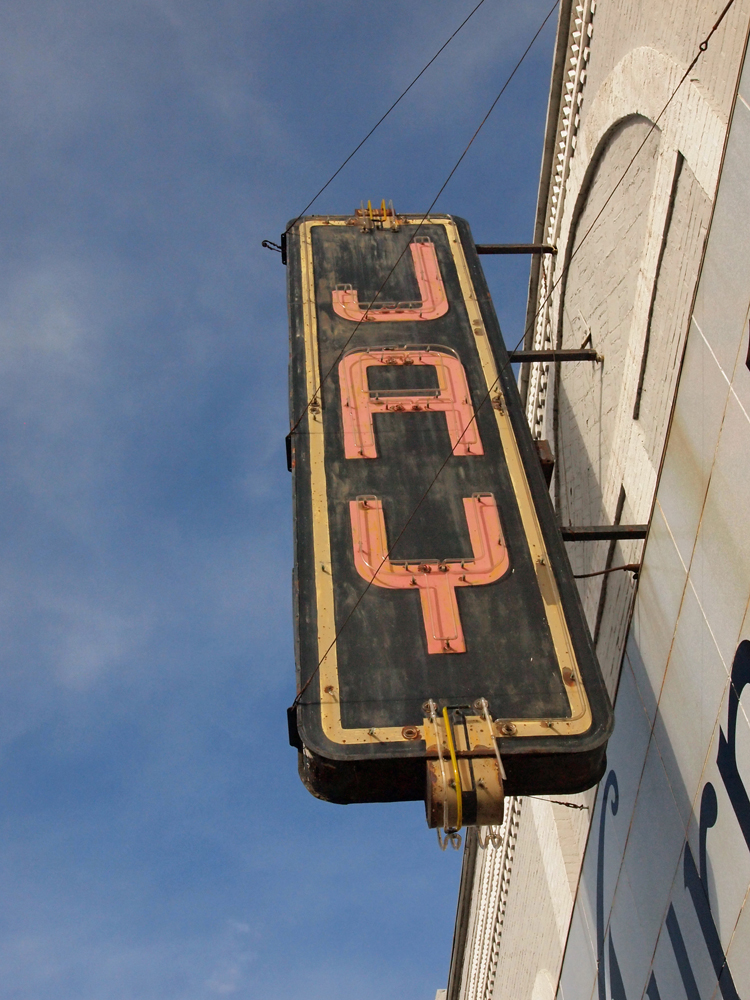

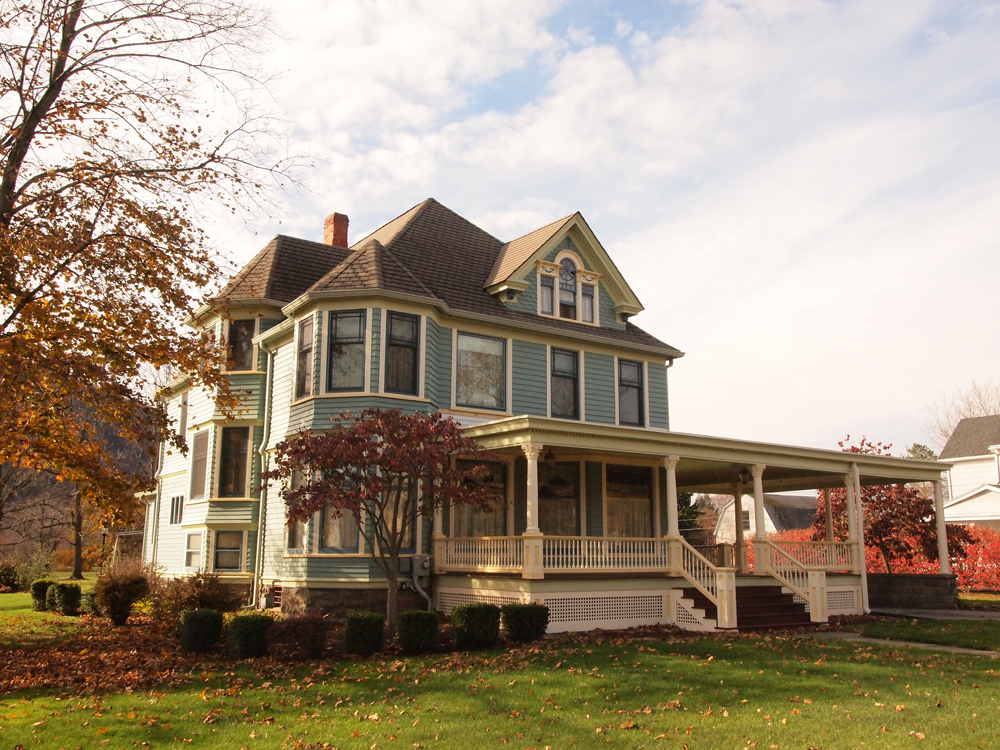
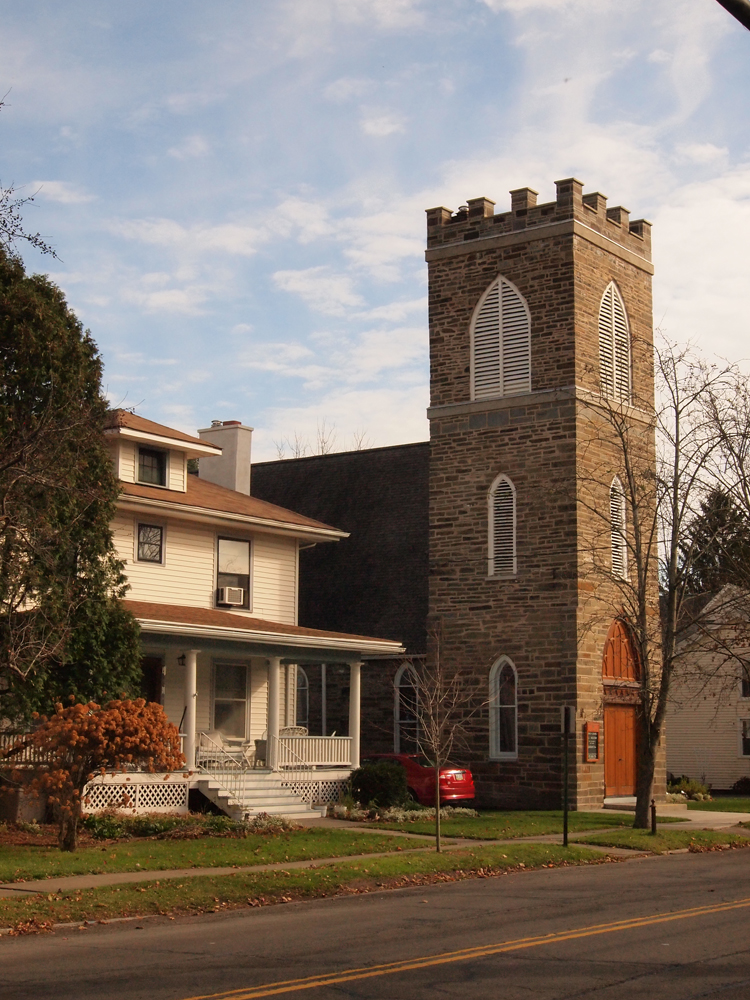
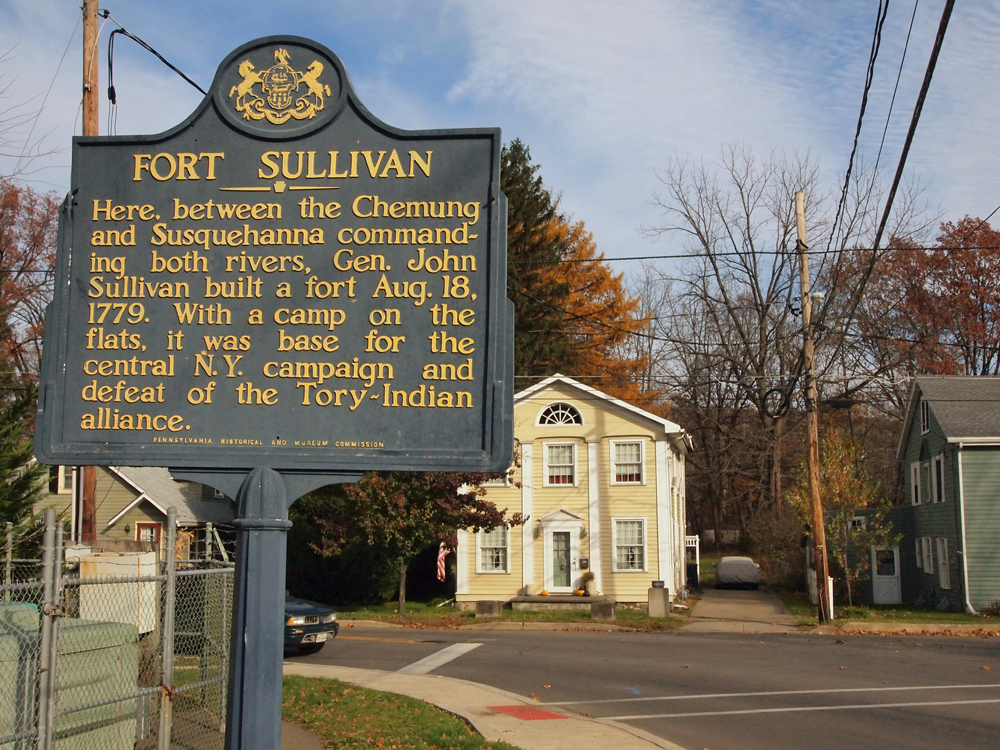
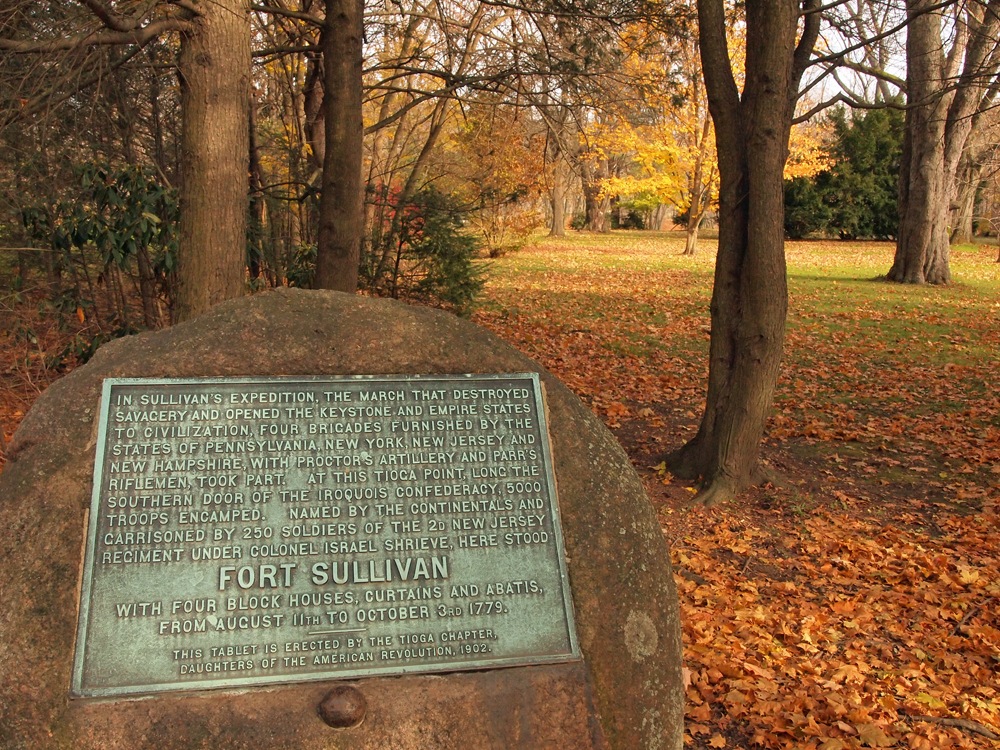
I am a native of Athens, and still love it from afar. If you go, don’t miss the story of the Underground Railroad hiding place in the house across from the bridge and be sure to learn about the 1972 flood after Hurricane Agnes, when shopkeepers downtown were evacuated out of their 2nd floor windows. Oh, and then there’s the WPA murals in the Post Office!
I am so glad you mentioned the Athens post office and the murals! one of the areas best kept secrets!